RMN’s First Littoral Combat Ship to Begins 22-Month Acceptance Trials This Year
The first Littoral Combat Ship (LCS) is expected to be commissioned into the Royal Malaysia Navy (RMN) service by the end of 2026, and eight months later, the second national LCS will enter service, followed by subsequent ships until the fifth LCS ship.

(DEFENCE SECURITY ASIA) — After several years of “construction”, the first Littoral Combat Ship (LCS) of the Royal Malaysian Navy (RMN) is expected to undergo the Harbour Acceptance Test and Sea Acceptance Trial in the middle of this year.
However, RMN Chief Admiral Tan Sri Abdul Rahman Ayob stated that the harbour and sea trial phase is anticipated to take up to 22 months to complete.
During the harbour and sea trial phase, the country’s first LCS will be equipped with systems and equipment, undergoing various acceptance tests before being commissioned into TLDM service.
“Alhamdulillah, the (LCS ship construction) project is now progressing well. The first LCS ship is expected to be launched in May or June.
“After that, there is a 22-month period for system and equipment installation tests before it becomes operational by the end of 2026.
“If all goes smoothly, the second LCS will be received in the following eight months,” said the RMN Chief after the naming and commissioning ceremony of the Royal Ship (KD) Sri Sabah and KD Sri Sarawak at Tanjung Gelang today.
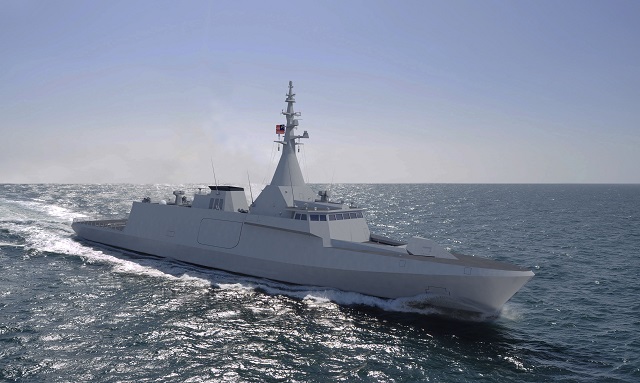
The first LCS ship is expected to be commissioned into TLDM service by the end of 2026, and eight months later, the second national LCS ship will enter service, followed by subsequent ships until the fifth LCS ship.
The RMN Chief emphasized that the success of the construction of the first LCS ship is critical in determining the continuity of the project, especially for the second to fifth ships.
In a recent announcement to Bursa Malaysia, Boustead Heavy Industries Corporation Berhad (BHIC) stated that the total contract value for building five Littoral Combat Ships (LCS) has increased to RM11.2 billion from the previous RM9 billion.
The initial contract between Boustead Naval Shipyard (BNS), an affiliate of BHIC, and the Ministry of Defence was signed on July 17, 2014, involving the construction of six LCS ships at a cost of RM9 billion.
“The largest cost increase is due to specification changes based on the requirements of the Royal Malaysian Navy. The government approved specifications for the Surface-to-Surface Missile System, Decoy Launching System (DLS), and several other systems,” said the Deputy Defence Minister recently.
When completed, the TLDM’s Maharaja Lela-class LCS ships will have a length of 111 meters and accommodate approximately 118 crew members from officers to the ship’s complement.
With CODAD (Combined Diesel and Diesel) propulsion, the TLDM LCS ships have a speed of 28 knots++ and an operational range of up to 5,000 nautical miles (at 15 knots).
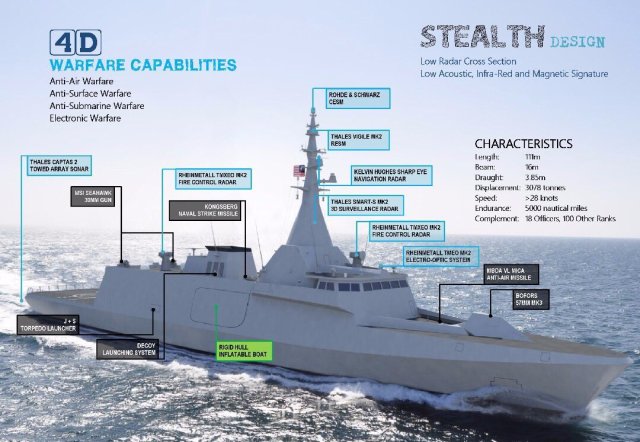
Due to their size, the ships feature hangar facilities and a helipad for operating medium-sized helicopters weighing between 10 to 12 tons, such as the EC725 and other helicopter types.
Regarding their armament systems, the Maharaja Lela-class ships will be equipped with a BAE Systems Bofor 57mm gun with a stealth cupola to reduce Radar Cross Section (RCS).
Additionally, they will feature two MSI Defence DS30 MkII 30mm Remote Control Weapon Systems (RCWS) and J+S torpedo launchers.
For their anti-ship guided missile systems, when the contract was signed, the Maharaja Lela-class TLDM ships became the first warships in Southeast Asia equipped with NSM guided missiles developed by Norway’s Kongsberg.
Each TLDM LCS ship will be equipped with eight of these modern guided missiles.
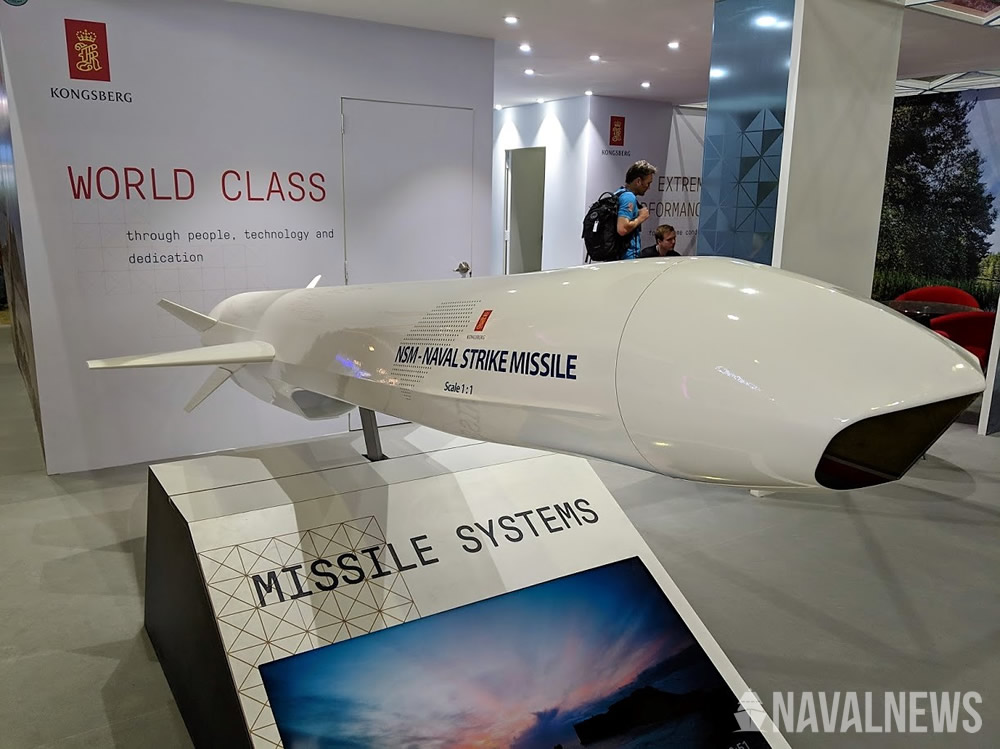
As for air defense, the warships are said to be equipped with the MBDA-developed Vertical Launch MICA guided missile system. In terms of Combat Management System (CMS), the TLDM LCS ships use the self-developed SETIS system by Naval Group, although a PAC report suggests TLDM has a preference for the “Tacticos” CMS.
For fire control radar, the LCS ships will use the Rheinmetall TMX/EO MKII, and for ESM systems, they will utilize the THALES VIGILE 100 ESM.
The sonar system of the ships is equipped with THALES CAPTAS Variable Depth Sonar.
For decoy systems, they use the Super Barricade Decoy System, and their communication systems include Link 16 and Link 11, as well as the THALES TUUM-Underwater Communication System. — DSA
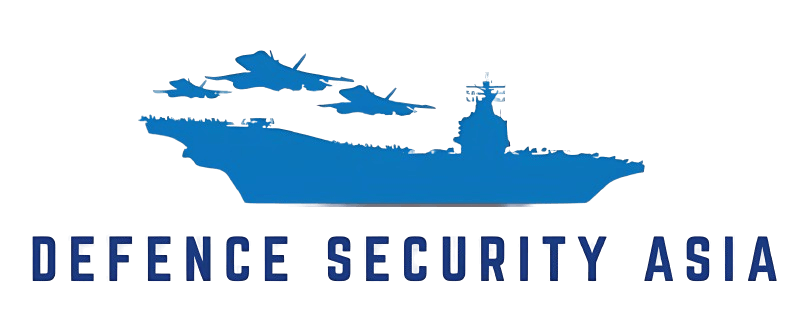
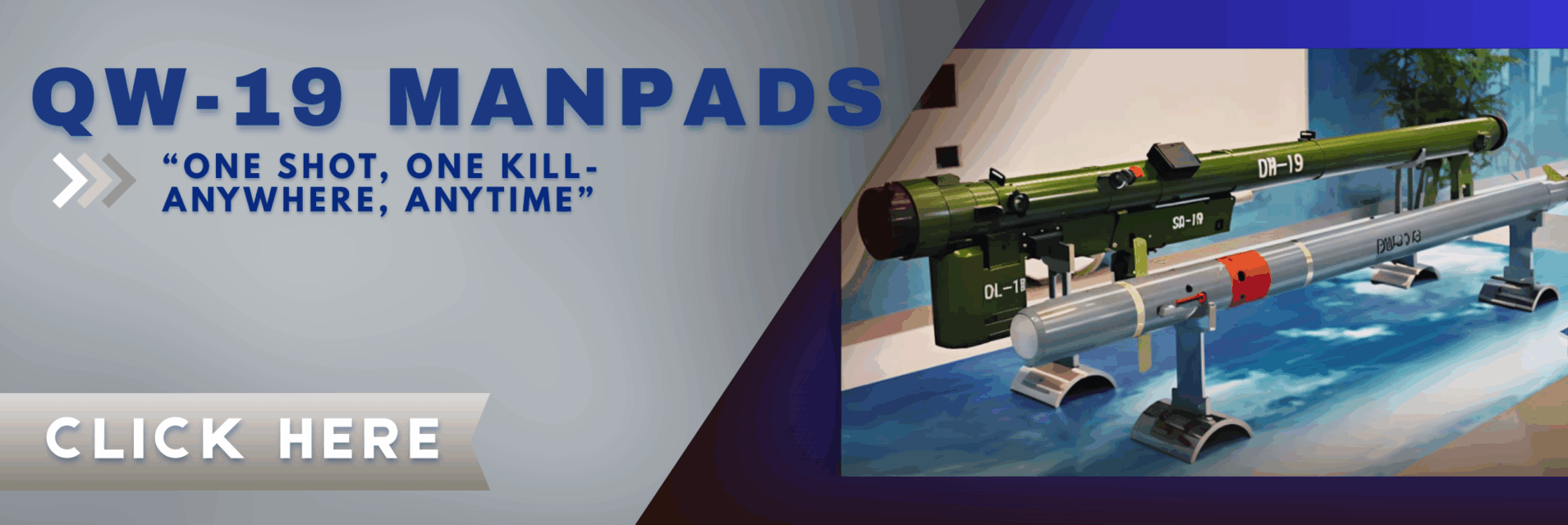
Comments are closed.